Does your iPhone keep disconnecting from your Mac whenever you plug it?
When you need to sync data or charge your iPhone, you can plug it into your Mac. It’s easy and fuss-free. That’s until it starts connecting and disconnecting from your Mac. At that point, it gets annoying as you can’t get anything done.
The cause can be either hardware or software-related. Your iPhone’s Lightning cable or Mac’s USB port is probably faulty. If that’s the case, you need to replace it. If the culprit is a random bug or garbage memory, don’t fret. You can fix it in several steps.
In this article, we list a few ways to resolve this issue. And don’t worry, as each method comes with easy-to-follow instructions. You can perform it on your own. Here’s how to fix an iPhone that keeps disconnecting from your Mac.
Let’s dive in!
1. Start with Basic Troubleshooting.
Before you carry out more complex solutions, do basic troubleshooting.
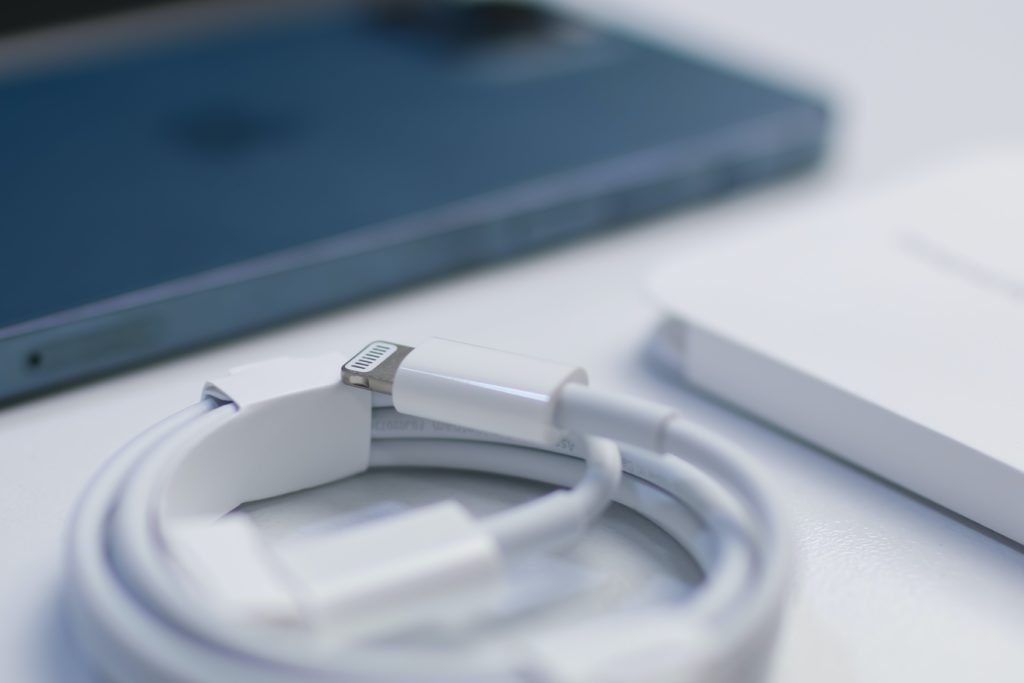
Here are some of the first things you should do:
- Check the Lightning cable: Connect it back to your iPhone charger. Plug the charger into a power socket. Is it charging? Then, the cable isn’t the problem.
- Test your Mac’s USB port: Try connecting a different cable to the port. If the port seems to be the problem, it doesn’t automatically mean it’s a hardware issue. Software bugs and settings can also be the culprit. Try some of our fixes below.
- Don’t forget to reboot your iPhone and Mac: Sometimes, minor bugs can cause connectivity issues. Restart both devices to remove bugs and garbage memory.
- Upgrade your iOS and macOS: Both your iPhone and Mac should be running on the latest version to avoid multiple software issues.
2. Reset Location & Privacy Settings on Your iPhone.
When was the last time you connected your iPhone to your Mac? If it has been weeks or months since you plugged your iPhone into your computer, your Mac’s system is probably having trouble trusting your iOS device. Luckily, you can fix it in a few steps.
All you need to do is reset the location and privacy settings on your phone. Your Mac will likely recognize and trust your iOS device the next time you plug it in.
Here’s how to perform this fix:
- First, disconnect your iPhone from your computer.
- Then, go to the Settings menu on your iPhone.
- Tap General.
- Then, select Reset.
- Now, choose Reset Location & Privacy.
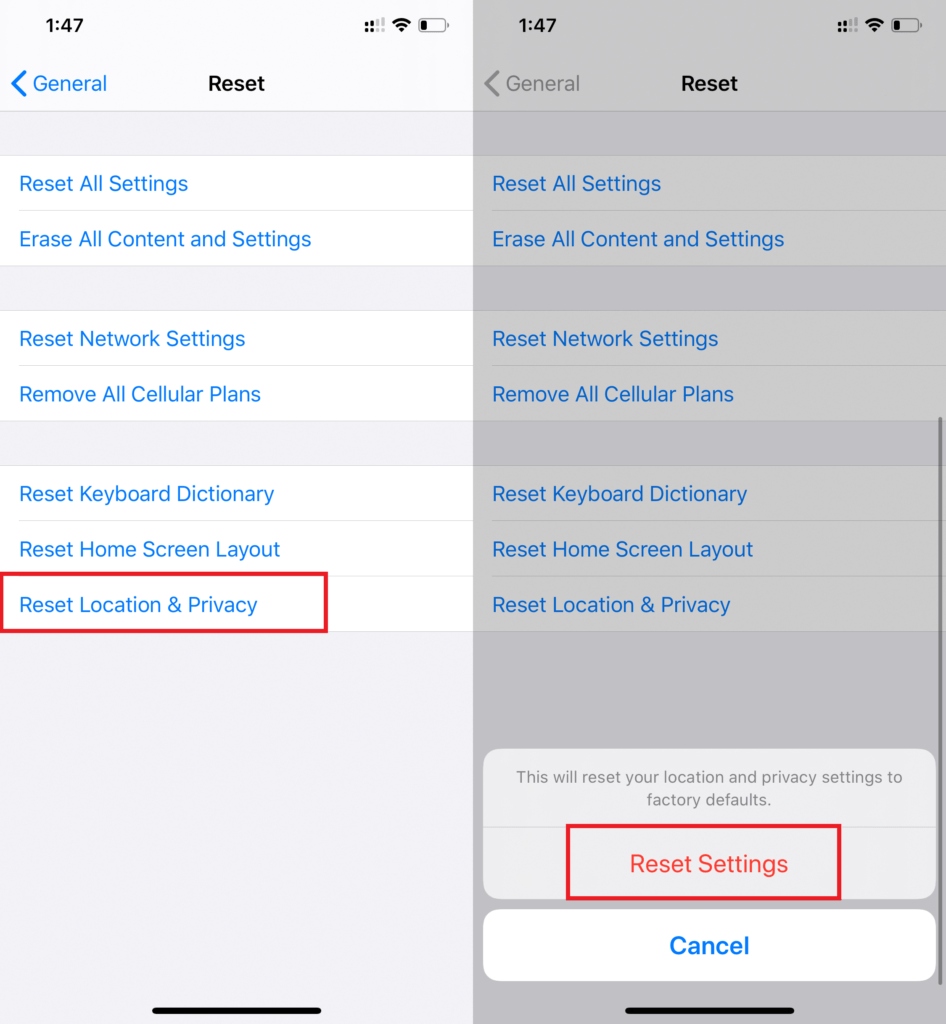
- Enter your passcode when prompted.
- Tap Reset Settings to complete the action.
- Once you’ve done all of that, connect your iPhone to your Mac again.
Does the issue persist? Keep reading to know more potential solutions.
3. Restart usbd to Fix iPhone That Keeps Disconnecting.
Several users claimed that they fixed the issue by restarting the usbd process on their Mac. The usbd process plays a crucial role in iPhone-Mac interaction. It allows your computer to configure and charge USB-connected iOS devices.
Note that halting the usbd process affects the charging capabilities of your computer’s USB port. When you plug your iPhone into your Mac again, the device might no longer disconnect, but it will likely charge slower than usual.
There are two options when restarting the usbd process on your Mac. While your iPhone is plugged into your computer, you can either halt the usbd process through the Activity Monitor or the Terminal app on your Mac. Check both methods below.
Here’s how to kill the usbd process using the Terminal app:
- First, go to your Mac and click the Spotlight or Launchpad icon.
- Type in “Terminal.” Then, double-click the Terminal app.
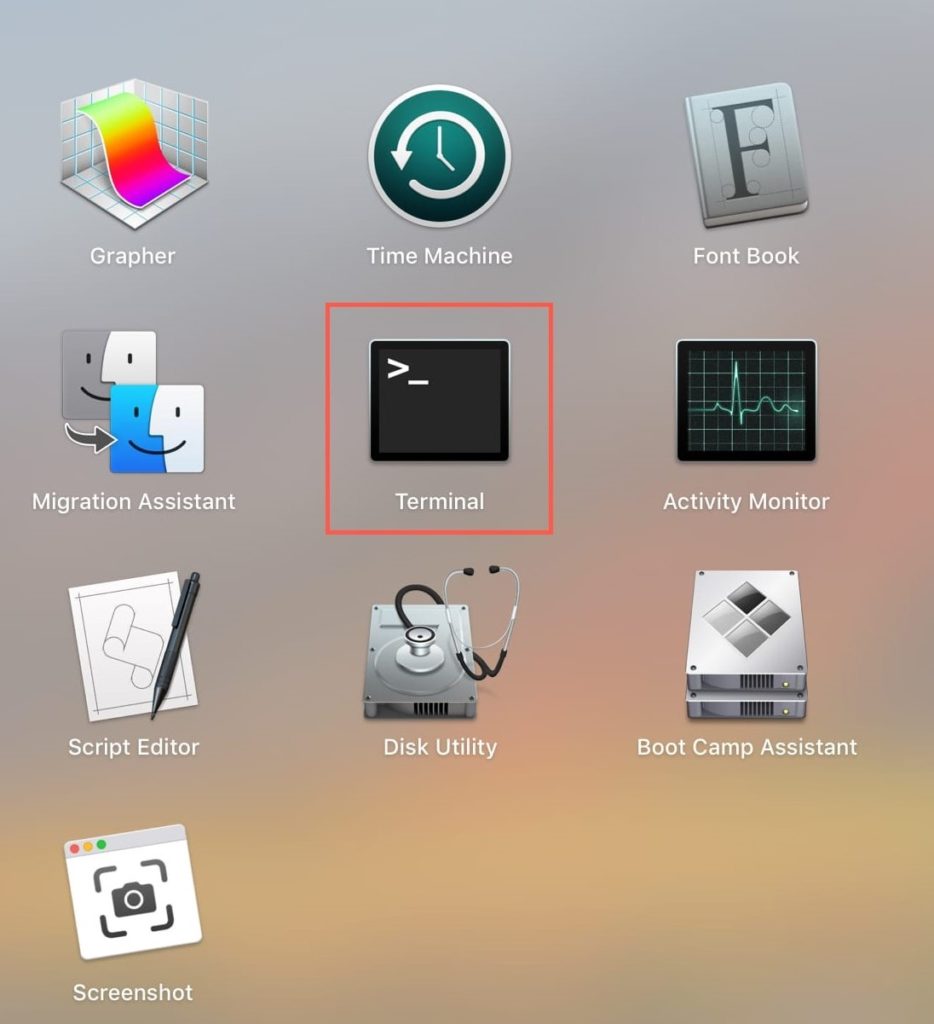
- Now, enter this command and then, hit Enter:
sudo killall -STOP -c usbd- Lastly, reconnect your iPhone to your Mac. Check if it’s now charging.
Here’s how to stop the usbd process through the Activity Monitor:
- Start by clicking the Finder icon on your Mac.
- Select Applications. Then, choose Utilities.
- Now, click the Activity Monitor.
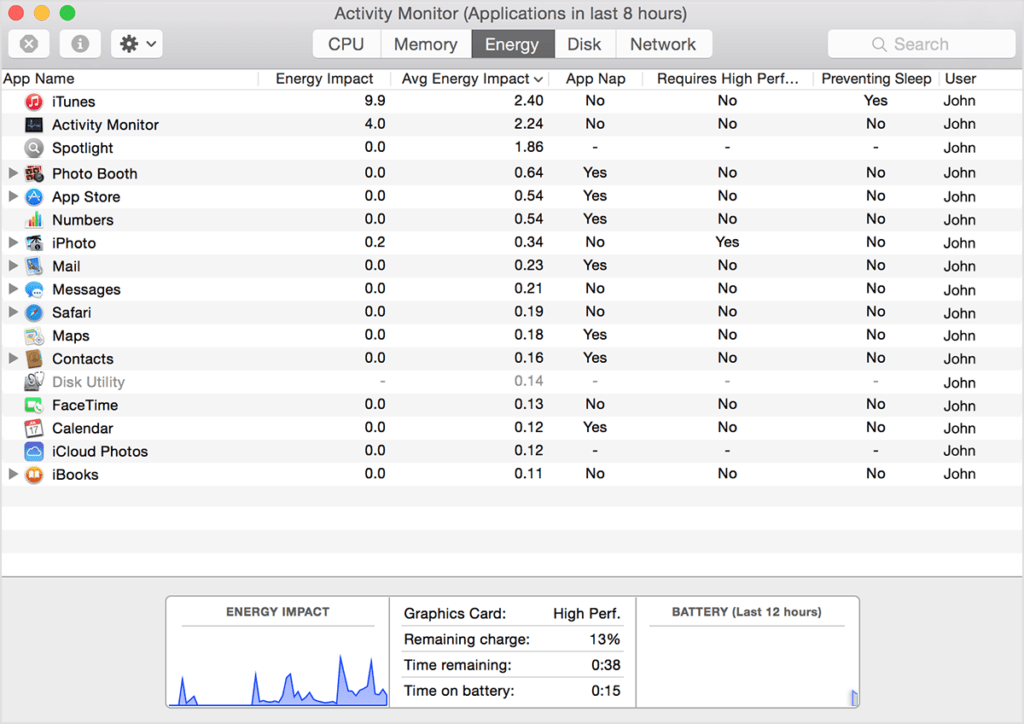
- Type “usbd” in the search box.
- In the search result, select usbd. Then, click the X symbol on the top-left corner of your screen. That will force-quit the usbd process on your Mac.
- After all of that, disconnect, then plug your iPhone into your Mac again. See if it no longer constantly disconnects.
4. Reset the SMC on Your Mac to Fix Disconnecting iPhone.
System Management Controller (SMC) is responsible for managing hardware settings on a Mac. For instance, it can set how much power your Mac sends to the USB port. Reset the SMC, and it can help your iPhone connect and charge through your Mac properly.
Here’s how to reset the SMC on your Mac:
- First, shut down your Mac.
- Then, press and hold this key combination: Control + Option + Shift + Power. Keep holding the buttons for around ten seconds.
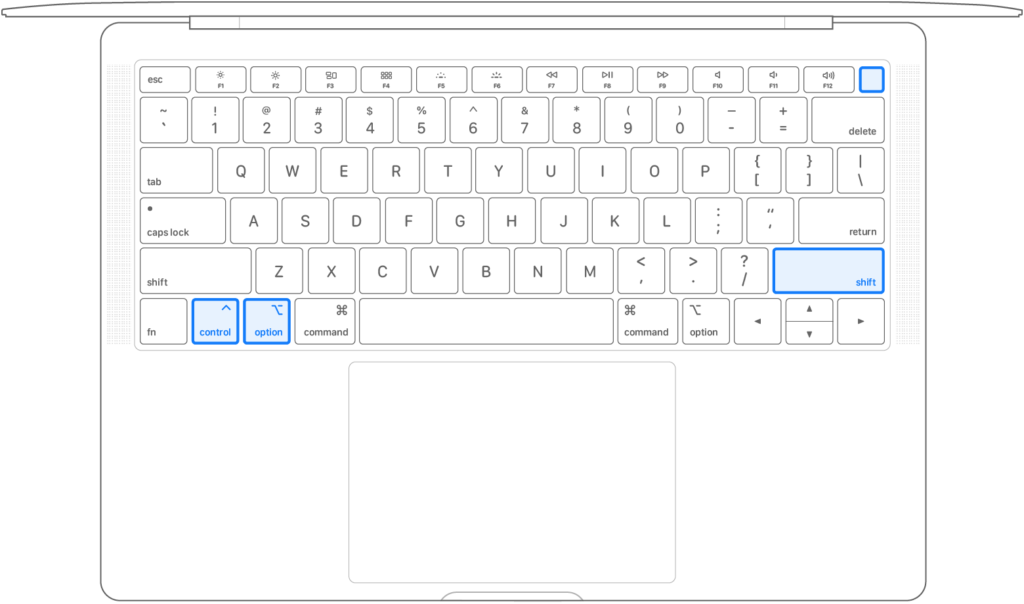
- After ten seconds or so, release the keys.
- Complete the reset by turning your Mac on.
- Finally, reconnect your iPhone to your Mac. See if it no longer disconnects.
5. Reset Your Mac’s NVRAM Settings.
There’s another setting you can reset to resolve the issue of your iPhone constantly connecting and disconnecting from your Mac. That is NVRAM.
NVRAM or Non-Volatile Random Access Memory stores settings that hard drives boot from often. Say you muted your computer before rebooting it. Once your Mac is back on, you won’t hear the iconic startup sound. That’s because NVRAM remembers the computer is muted. A corrupted NVRAM, however, can cause multiple glitches.
Resetting your NVRAM can help fix your iPhone plugging issues. Give it a try.
Here’s how to reset NVRAM on your Mac:
- First, shut down your computer.
- Next, switch it back on and immediately press and hold this key combination: Option + Command + P + R.

- After around 20 seconds, release the key combination. Your Mac will automatically restart.
- Now, once your computer is back on, reconnect your iPhone. See if it’s finally working.
6. Contact Apple Support.
None of the above solutions worked? It’s time to contact Apple Support. There could be hardware issues that require repair. Get in touch with Apple Support via live chat, phone, or email. Schedule a Genius Bar appointment online if necessary.
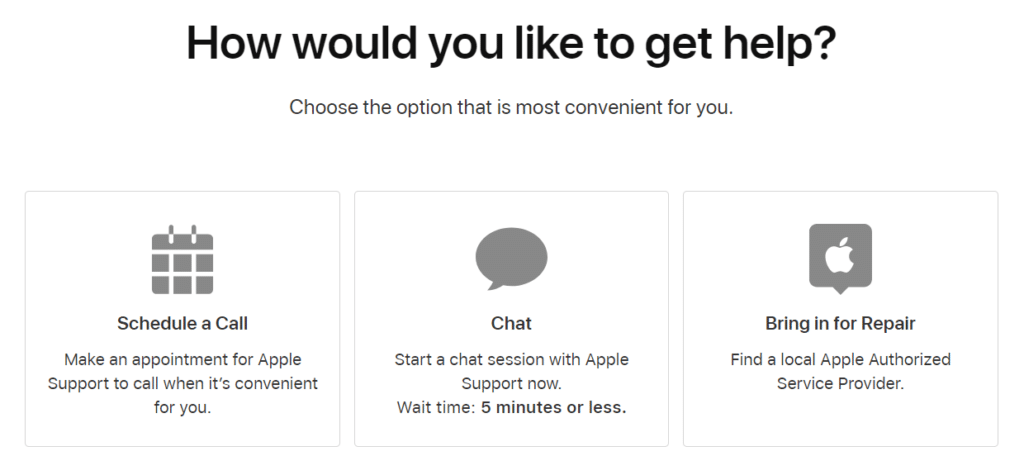
This wraps up the article. We hope we’ve helped you. Got more iPhone or Mac-related problems? Feel free to leave a comment below. Our team is ready to offer more troubleshooting tips and how-to guides to help you enjoy your Apple device again.
If this guide helped you, please share it. 🙂





